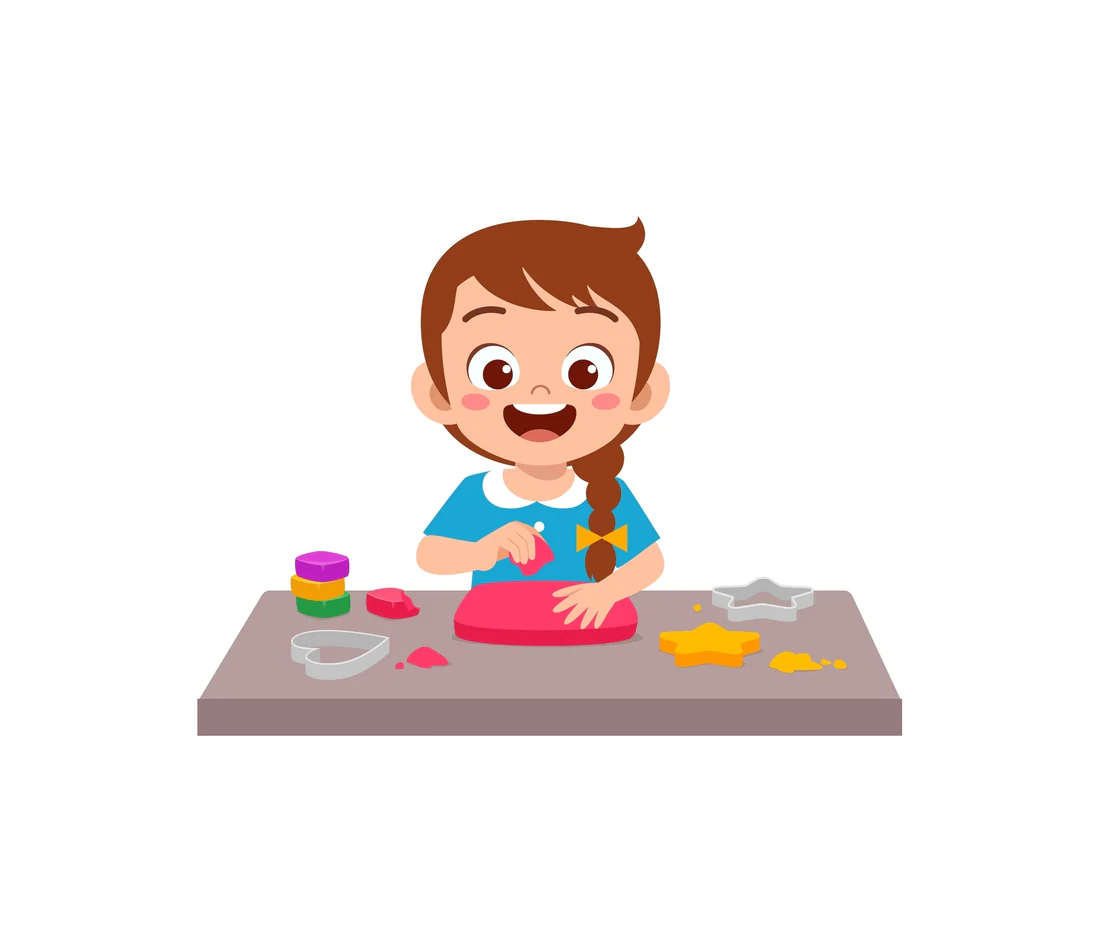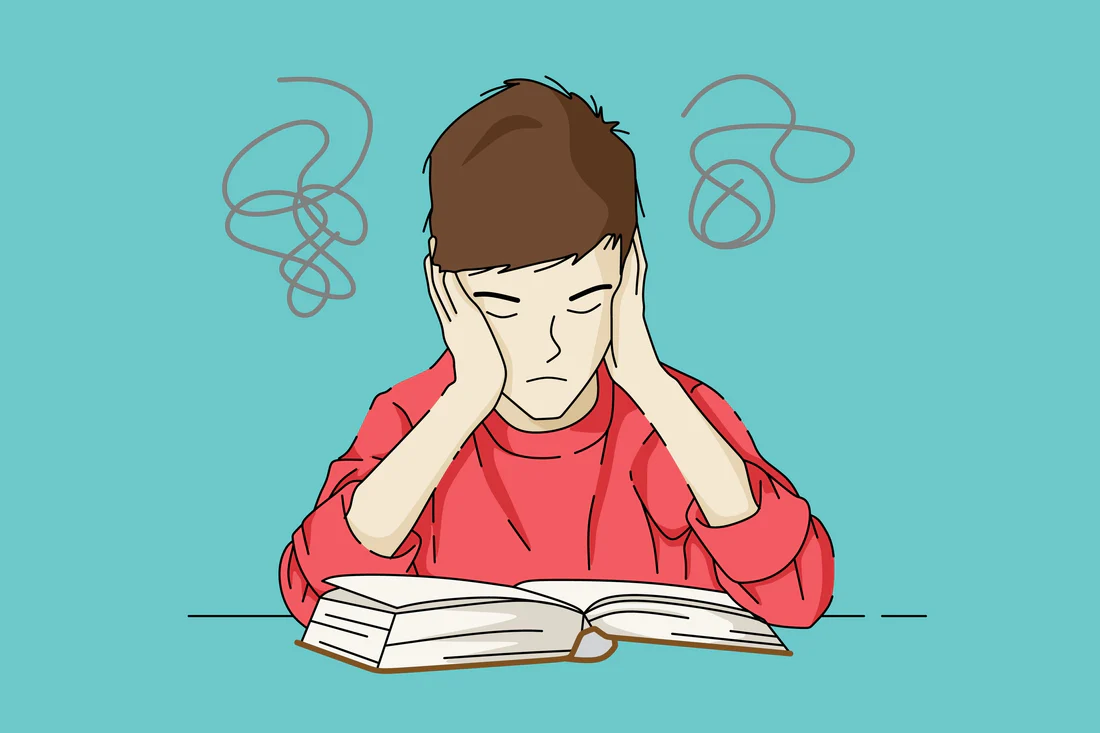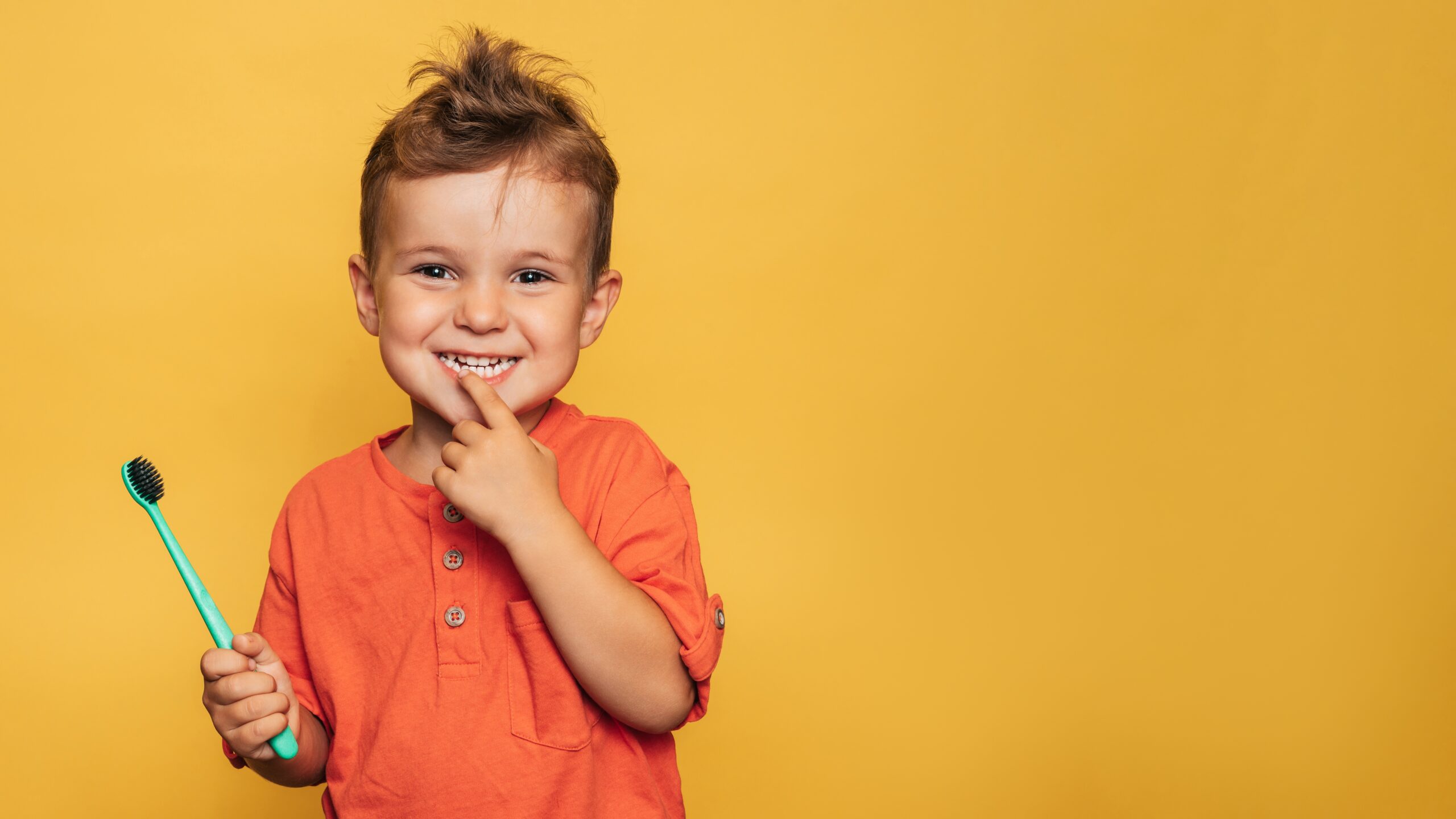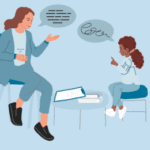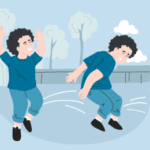Neurodevelopmental Disorders & Learning Differences Resource Center
A Guide to Symptoms, Causes, Diagnosis & Treatment
- Dyslexia in Children: Symptoms, Causes & Best Therapies
- Dysgraphia in Children: Symptoms, Diagnosis & Treatment
- What Is Dyscalculia? Symptoms, Causes & Treatment
- Specific Learning Disorder with Impairment in Reading | Symptoms, Treatment & Therapists Near You
- Nonverbal Learning Disorder (NVLD): Symptoms, Causes & Therapies
- What Is Giftedness in Children? Signs, Support & Therapists
- Language Processing Disorder in Children: Signs, Therapy & Support
- Language Disorders in Children: Signs, Types & Therapy
- Delayed Speech in Children: Causes, Signs, and Therapy Options
- Executive Function Disorder in Children: Signs, Support & Therapy
- Apraxia of Speech in Children: Signs, Diagnosis & Therapy
- Understanding Intellectual Disability in Children: Signs, Support & Therapies
- What Is Twice-Exceptional (2e)? Signs, Challenges & Support for Gifted Children with Disabilities
- Global Developmental Delay (GDD)
1 of 7 / Overview
What are neurodevelopmental disorders and learning differences?
They are conditions that affect brain development and result in challenges with learning, communication, behavior, motor skills, or social interaction. Examples include dyslexia, ADHD, autism, and speech/language disorders.
Are these lifelong conditions?
Many are lifelong, but with early intervention and support, children can make significant progress and thrive academically and socially.
Are learning differences the same as learning disabilities?
Not always. “Learning differences” is a broader, more inclusive term that acknowledges strengths and variability, whereas “learning disabilities” refers to clinical diagnoses like Specific Learning Disorder.
Can children have more than one diagnosis?
Yes—many children are twice-exceptional (2e) or have co-occurring conditions such as ADHD and dyslexia or language disorders and autism.

2 of 7 / Signs & Symptoms

What are early signs of a neurodevelopmental disorder?
Common signs include delayed speech, difficulty following directions, trouble with reading/writing/math, lack of social engagement, poor coordination, or behavioral outbursts.
When should I be concerned about speech or motor delays?
If your child isn’t meeting developmental milestones like talking by 18–24 months or walking by 15 months, it’s a good idea to seek evaluation.
🔗Delayed Motor Milestones in Children | Early Signs, Causes & Therapy
🔗Typical Milestones in Speech and Language Development for Birth to Seven
🔗Delayed Speech in Children: Causes, Signs, and Therapy Options
My child is gifted but struggles in school—why?
They may be twice-exceptional (2e)—both gifted and living with a learning disorder such as dysgraphia, ADHD, or language processing disorder.
🔗What Is Twice-Exceptional (2e)? Signs, Challenges & Support for Gifted Children with Disabilities
🔗Dysgraphia in Children: Symptoms, Diagnosis & Treatment
🔗Language Processing Disorder in Children: Signs, Therapy & Support
Can learning differences show up later in childhood?
Yes. While many signs appear in preschool, academic struggles often intensify as demands increase in 2nd–5th grade.
3 of 7 / Causes & Risks
What causes neurodevelopmental disorders?
They can be due to a mix of genetics, brain development, birth complications, environmental exposures, or unknown factors.
Do vaccines or parenting styles cause these disorders?
No. There is no scientific evidence that vaccines or parenting styles cause neurodevelopmental differences.
Are these conditions hereditary?
Many, such as dyslexia and ADHD, have a strong genetic link. If a parent has a history of learning challenges, their child may too.
🔗Dyslexia in Children: Symptoms, Causes & Best Therapies
🔗Understanding the 3 Types of ADHD: Inattentive, Hyperactive-Impulsive & Combined Explained
Can prenatal or birth complications lead to these disorders?
Yes. Premature birth, low birth weight, or oxygen deprivation at birth can increase the risk for conditions like intellectual disability or language delays.

4 of 7 / Diagnosis & tests

Who diagnoses neurodevelopmental or learning disorders?
Depending on the condition, diagnosis may involve a pediatrician, psychologist, speech-language pathologist, occupational therapist, or developmental specialist.
What tests are used for diagnosis?
Tests may include:
- Cognitive or IQ testing (e.g., WISC-V)
- Academic assessments
- Speech and language evaluations
- Sensory/motor screenings
- Behavioral observations
Is a school evaluation enough?
Schools can screen and identify needs but medical or private assessments provide a more detailed, formal diagnosis.
When is the best time to test my child?
Early intervention is key. Evaluations can start as early as age 2–3, especially for speech, motor, and social development delays.
5 of 7 / Care & treatment
What therapies are most helpful?
That depends on the diagnosis. Common supports include:
- Speech-language therapy for speech, language, and social communication
- Occupational therapy for sensory processing, fine motor skills, and self-regulation
- Physical therapy for gross motor development
- Educational therapy or tutoring for academic support
🔗Speech Therapy for Children & Toddlers
Can these conditions be cured?
Most are not curable, but with therapy and accommodations, children can gain vital skills and succeed academically and socially.
What is an IEP or 504 Plan?
They are school-based support plans for students with disabilities to receive special education or accommodations.
Can DrSensory help me find therapists?
Yes! Use our national therapist directory to find PTs, OTs, and SLPs experienced in neurodevelopmental disorders.

6 of 7 / Living With

Will my child be able to go to college or live independently?
Many do! With the right support, children with learning differences grow into successful, independent adults.
How can I support my child at home?
Consistency, visual schedules, sensory tools, emotional coaching, and celebrating strengths can make a big difference.
How do I talk to my child about their diagnosis?
Use age-appropriate language, focus on strengths + needs, and frame the diagnosis as a tool for understanding and growth.
Can I connect with other families like mine?
Yes! We’re building a community network of families, therapists, and educators who understand what you’re going through.
7 of 7 / related reading

Find a Therapist near you
Are you looking for a physical, occupational, or speech therapist in your area?
Look no further than the DrSensory Therapist Database and Clinic Directory!
Find a Therapist
Find the physical therapist, occupational therapist, or speech language pathologist you’re looking for!
Ask Us Anything
Whether you are looking for advice, have a general question about sensory processing, or looking for resources.
Submit Your Story
Share your story about your child. Let’s celebrate milestones and learn more about challenges.
















































